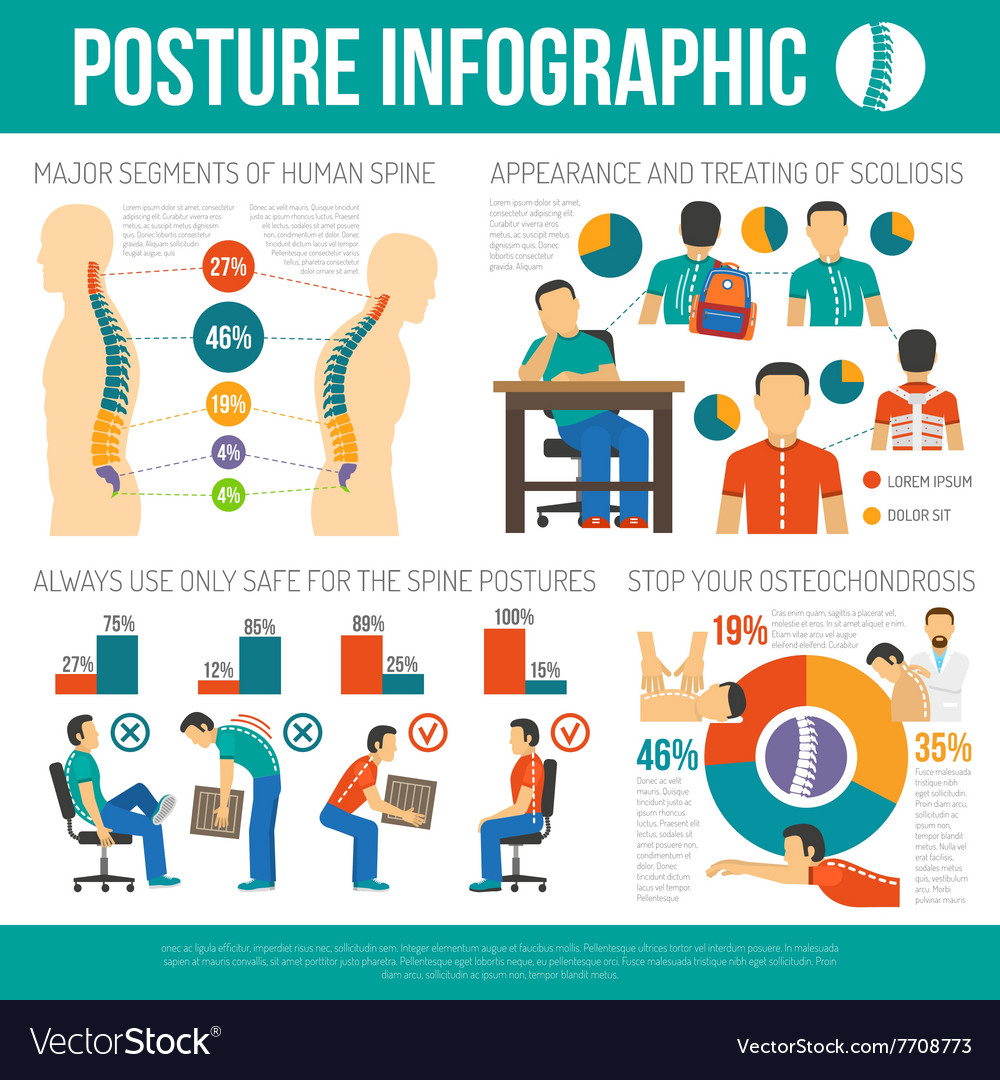The Top Daily Habits That Add To Neck And Back Pain And How To Prevent Them
The Top Daily Habits That Add To Neck And Back Pain And How To Prevent Them
Blog Article
Material Author-Hermansen Svenningsen
Keeping proper pose and staying clear of common pitfalls in day-to-day tasks can substantially affect your back health and wellness. From just how you rest at your workdesk to just how you raise hefty items, small modifications can make a huge difference. Envision a day without the nagging neck and back pain that prevents your every action; the remedy might be easier than you assume. By making a couple of tweaks to your daily habits, you could be on your means to a pain-free existence.
Poor Pose and Sedentary Lifestyle
Poor stance and an inactive way of life are two significant factors to neck and back pain. When you slouch or suspicion over while resting or standing, you put unnecessary stress on your back muscle mass and back. This can lead to muscular tissue discrepancies, stress, and eventually, persistent back pain. In addition, sitting for extended periods without breaks or physical activity can compromise your back muscles and lead to rigidity and pain.
To fight poor pose, make a conscious initiative to rest and stand up directly with your shoulders back and aligned with your ears. Bear in mind to maintain your feet level on the ground and stay clear of crossing your legs for extended durations.
Including normal extending and enhancing workouts right into your daily routine can likewise aid enhance your pose and minimize back pain connected with a less active way of living.
Incorrect Training Techniques
Inappropriate training methods can dramatically add to neck and back pain and injuries. When you lift heavy things, bear in mind to bend your knees and utilize your legs to lift, as opposed to depending on your back muscular tissues. Stay clear of twisting your body while lifting and keep the object near to your body to reduce stress on your back. It's crucial to keep a straight back and avoid rounding your shoulders while lifting to avoid unnecessary stress on your spine.
Constantly evaluate the weight of the item before raising it. If it's as well heavy, request for assistance or usage equipment like a dolly or cart to move it securely.
Bear in mind to take breaks throughout raising jobs to give your back muscular tissues an opportunity to relax and avoid overexertion. By applying website link lifting techniques, you can stop neck and back pain and decrease the risk of injuries, ensuring your back remains healthy and balanced and strong for the long-term.
Lack of Routine Workout and Extending
An inactive way of life without routine exercise and extending can considerably contribute to pain in the back and discomfort. When moxibustion don't take part in exercise, your muscular tissues come to be weak and inflexible, bring about poor position and enhanced strain on your back. Normal exercise helps enhance the muscular tissues that sustain your spinal column, enhancing stability and lowering the danger of neck and back pain. Incorporating extending into your regimen can likewise enhance adaptability, protecting against tightness and discomfort in your back muscles.
To prevent neck and back pain caused by a lack of workout and stretching, go for a minimum of thirty minutes of modest physical activity most days of the week. Consist of workouts that target your core muscle mass, as a strong core can aid relieve stress on your back.
Additionally, take breaks to extend and relocate throughout the day, particularly if you have a workdesk work. Simple stretches like touching your toes or doing shoulder rolls can aid relieve stress and protect against pain in the back. Focusing on one medical murray hill and extending can go a long way in preserving a healthy and balanced back and minimizing pain.
Final thought
So, remember to sit up right, lift with your legs, and stay energetic to avoid pain in the back. By making simple modifications to your daily habits, you can avoid the pain and restrictions that include back pain. Look after your spinal column and muscle mass by exercising good pose, correct lifting techniques, and normal exercise. Your back will thanks for it!
